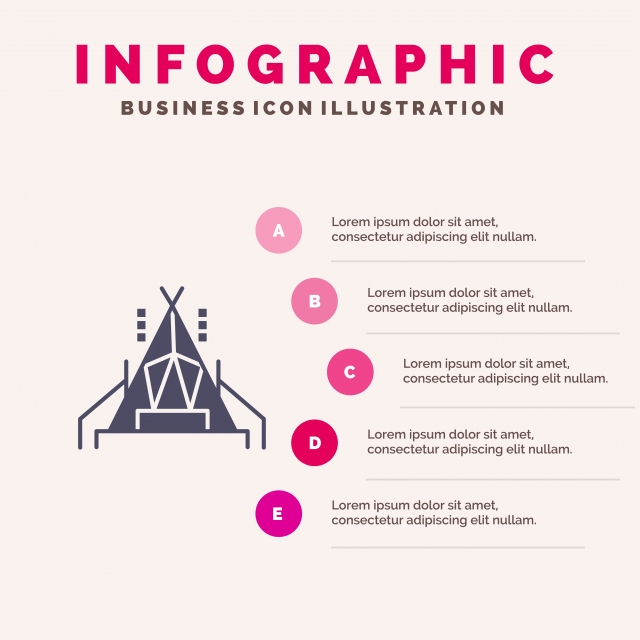Effective Strategies To Increase Sales Selling Camping Tents
Effective Strategies To Increase Sales Selling Camping Tents
Blog Article
Does Your Backpacking Camping Tent Need an Impact?
If you camp frequently in locations with rocks or sharp downed branches or just hate storing a wet, sloppy camping tent, then a footprint is absolutely worth taking into consideration. Impacts are likewise fairly low-cost compared to a brand-new camping tent.
What is Boutique Camping?
Lots of tent suppliers use their own certain footprints, which are cut to the exact size of the outdoor tents floor. Nonetheless, you can make one on your own with a light-weight fabric like polycryo or tyvek.
Weather Conditions
Whether or not you need an impact really relies on the conditions you'll be camping in. If you're backpacking in an area where the ground is typically damp (it's pretty much unavoidable), an outdoor tents footprint can be a beneficial enhancement to your kit, as it will certainly stop your tent flooring from coming to be soggy.
Nevertheless, if the impact is too huge it can work as a moisture trap and possibly permit water to pool under your tent. This can be prevented by seeing to it the footprint is cut a bit smaller than your tent on all sides.
Usually speaking, it's finest to obtain a footprint from the exact same supplier as your tent to make sure an exact fit. They likewise tend to be made from thicker, extra resilient products than do it yourself options. They can be expensive for something whose sole objective is to protect the ground beneath your camping tent, yet it can be a beneficial financial investment if you care about the durability of your gear.
Surface
Many high quality tents can work well without an impact, especially those that have bath tub floorings made from long lasting products. Nonetheless, the terrain you hike on can have a substantial impact on exactly how swiftly your tent floor wears out. Granite pieces, sandstone and other sturdy surface areas put on through the bottom of your camping tent quicker than grassy meadows or woodland floorings.
An impact or ground cloth helps extend the life of your tent by acting as a barrier between the ground and the sewn-in groundsheet of your tent, states REI elderly sales expert Elizabeth Nguyen. It likewise safeguards the tent from unpleasant elements like sharp twigs and jagged rocks that might penetrate or tear the sewn-in flooring. When selecting an impact for your tent, it is very important to ensure it's slightly smaller than the camping tent on all sides. This protects against water from pooling in between the tent and footprint during a rainstorm, which can seep into your camping tent. The best option for an impact is to purchase one designed for your specific outdoor tents, which will guarantee a snug fit.
Tents with Lower Deniers and Water-proof Scores
Whether you're a laid-back backpacker or a hardcore adventurer, the longevity degree of your outdoor tents is a vital factor to consider. Outdoors tents created to be ultralight, approaching minimalist, frequently trade off some degree of sturdiness in the fabric and products made use of.
One fabric specification you'll experience is denier, which refers to the weight in grams of a 9,000-meter length of thread that composes the tent's canopy, rainfly, and/or flooring. A greater denier spec signifies more rugged fabrics, while lower numbers show lighter and less long lasting fabrics.
Other specifications to take a look at consist of floor measurements, vestibule dimension, and indoor pockets. The former reflects the overall square-footage that can be utilized for livable space, while the latter can play a role in storage by providing a place to stow away gear overnight and in bad weather condition. Air flow is likewise a crucial aspect; as you exhale dampness throughout sleep, it needs to leave, or condensation may build glampung tent up within. Features such as mesh windows and panels and adjustable rainfly doors aid enhance air flow and avoid this from happening.
The Cost
The cost of a camping tent can affect its efficiency, and it is also important to consider how much you can pay for to spend. Backpackers looking for a lightweight shelter needs to aim for an outdoor tents with a livability score of at least two celebrities, and preferably, 3 or more.
Livability refers to exactly how roomy a tent really feels, with headroom and flooring dimensions playing a large function. Historically, backpacking camping tents made use of outstanding sloped walls and marginal space to conserve weight, however contemporary materials enable designers to offer even more comfort while keeping weight reduced.
Storage is an additional aspect to consider, with vestibules and a quick-pitching style helping in reducing setup time. In addition, the sort of fabric coating and just how the tent is saved can impact longevity. As an example, a PU finishing that breaks down quicker when wet, or undergoes repeated cycles of storing and un-stowing, can considerably reduce the life-span of a tent. Likewise, using a custom-made footprint as opposed to stuffing an outdoor tents in a haphazard fashion will likewise prolong its life-span.
How do you waterproof a bell tent?
